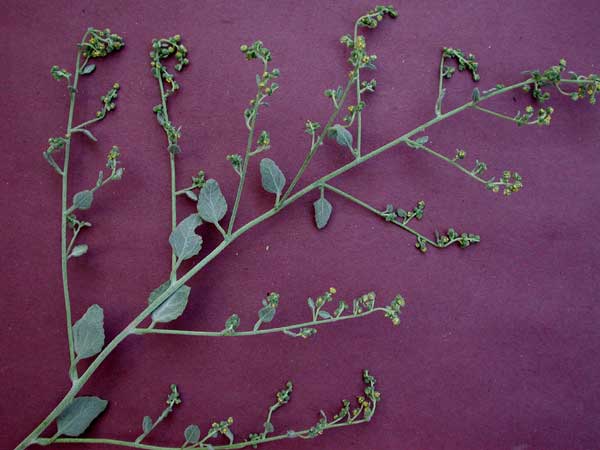
Dicoria canescens (*)
Classification System: APG IV
Superregnum: Eukaryota
Regnum: Plantae
Cladus: Angiosperms
Cladus: Eudicots
Cladus: Core eudicots
Cladus: Asterids
Cladus: Campanulids
Ordo: Asterales
Familia: Asteraceae
Subfamilia: Asteroideae
Tribus: Heliantheae
Subtribus: Ambrosiinae
Genus: Dicoria
Species: Dicoria canescens
Subspecies: D. c. subsp. brandegeei – D. c. subsp. canescens – D. c. subsp. clarkiae – D. c. subsp. hispidula – D. c. subsp. wetherillii
Name
Dicoria canescens A.Gray, Rep. U.S. Mex. bound. 2(1):87, t. 30. 1859
References
J. Torrey in W. H. Emory, Report on the United States and Mexican Boundary . . . Botany 2(1): 87, pl. 30. 1859.
Links
International Plant Names Index. 2018. Dicoria canescens. Published online. Accessed: January 30 2018.
The Plant List 2013. Dicoria canescens in The Plant List Version 1.1. Published on the internet. Accessed: 2018 January 30.
Tropicos.org 2018. Dicoria canescens. Missouri Botanical Garden. Published on the internet. Accessed: 2018 January 30.
Hassler, M. 2018. Dicoria canescens. World Plants: Synonymic Checklists of the Vascular Plants of the World In: Roskovh, Y., Abucay, L., Orrell, T., Nicolson, D., Bailly, N., Kirk, P., Bourgoin, T., DeWalt, R.E., Decock, W., De Wever, A., Nieukerken, E. van, Zarucchi, J. & Penev, L., eds. 2018. Species 2000 & ITIS Catalogue of Life. Published on the internet. Accessed: 2018 January 30. Reference page.
USDA, ARS, Germplasm Resources Information Network. Dicoria canescens in the Germplasm Resources Information Network (GRIN), U.S. Department of Agriculture Agricultural Research Service. Accessed: 08-Apr-12.
Dicoria canescens is a North American flowering plant in the daisy family known by several common names including desert twinbugs and bugseed.[2][3] This is a desert plant of the southwestern United States and northwestern Mexico, found in Sonora, Baja California, southern California, Nevada, Arizona, Utah, southwestern Colorado, and northwestern New Mexico.[3][4][5]
Dicoria canescens forms thickets of many individuals in the desert sand. The distinctive lower leaves are long, pointed, sharply toothed, and covered in a coat of thin white or gray hairs. The upper leaves are smaller and more rounded. One plant can produce several whitish flower heads containing disc florets but no ray florets. Sometimes the heads form closely associated pairs, a characteristic which is the origin of the common name "twinbugs".[6][7][8][9]
References
The Plant List, Dicoria canescens A.Gray
Philip A. Munz; Diane L. Renshaw; Phyllis M. Faber (2004). Introduction to California Desert Wildflowers. University of California Press. p. 235. ISBN 0-520-23632-7. page 118
Calflora taxon report, University of California, Dicoria canescens A. Gray, desert twinbugs
Biota of North America Program 2014 county distribution map
Shreve, F. & I. L. Wiggins. 1964. Vegetation and Flora of the Sonoran Desert 2 vols. Stanford University Press, Stanford.
Flora of North America, Dicoria canescens A. Gray in W. H. Emory
Gray, Asa 1859. in Emory, William Hemsley, Report on the United States and Mexican boundary survey made under the direction of the secretary of the Interior 2(1): page 87 description and commentary in English
Gray, Asa 1859. in Emory, William Hemsley, Report on the United States and Mexican boundary survey made under the direction of the secretary of the Interior 2(1): plate 30 full-page line drawing of Dicoria canescens
SEINEt, Southwest Biodiversity, Arizona Chapter, Dicoria canescens A. Gray, desert twinbugs photos, description in English, distribution map
Retrieved from "http://en.wikipedia.org/"
All text is available under the terms of the GNU Free Documentation License

